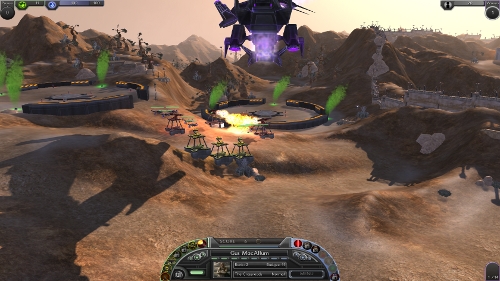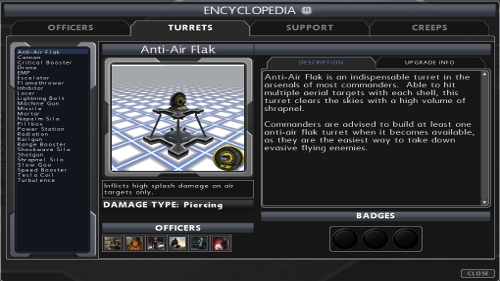
Co-Optimus.com: What was the biggest challenge you all faced when developing the game?
Dylan: This question could be a whole interview unto itself for an indie developer. From the early days, the main challenge was how to create content such that our part-time guys could use the two hours they had here or there to contribute. This meant putting in hundreds of code man-hours in developing tools that let non-programmers interact directly with game assets without having to bother programmers. This was a high initial time investment, but it was one of the most important core design philosophies we adopted early and it paid off for us in a serious way. It allowed our three man team to leverage an extra six part time guys to do everything from stat balancing to level design. This let us puff up our team size where and when we needed it, despite not having the funding to pay more full-time employees.
Co-Optimus.com: Initially, the game was released on XBLIG, but then was moved to the PC and released via Steam. What prompted this change? Was it always planned?
Dylan: The PC was an inevitability. Our initial release on the Xbox, however, was the plan all along. Like so many indie developers, the goal was to get onto Xbox LIVE Arcade. In retrospect our naivite was pretty funny. I see Boromir from Lord of the Rings as I say this, saying "One does not simply walk onto Xbox LIVE Arcade!" The fact is, we thought we would, and there are more hurdles than we had originally imagined. We had a few weeks of e-mail correspondence before realizing that we weren't going to be on Arcade. For a few days there was serious despair on the team.
Looking back, it was clear that our game wasn't ready for outside eyes at all. We hadn't taken the time to add foliage and other props to our levels, and the bulk of the environments were gray and without flavor. We took stock of what we had going for us, and fortunately, our early decision to use the XNA framework meant we were a great fit for Xbox Indie Games. At the time there weren't many games attempting our level of graphical sophistication, and there certainly weren't any with our volume of content, so we decided to push on with the Xbox via Indie Games.
We released on Indie Games in September of 2009, concurrent with our placement in the finals of the Dream Build Play competition that Microsoft holds annually. We worked with the Xbox version for another two months or so before switching ourselves completely over to the PC side for our March 2010 PC launch.

One of the features included with the PC release was an encylopedia that detailed the turrets, abilities, and creeps
Co-Optimus.com: When it was first released, co-op for Sol Survivor was limited to a specific mode and a handful of maps where two or more players could work together to stave off the invading creeps. What lead to this decision?
Dylan: Co-op gamers were a force that we dramatically underestimated. We spent so long trying to make the game appeal to the competitive multiplayer crowd in Wars that co-op was originally an afterthought. About a month after release, we realized that there were elements we hadn't tapped into. Our original co-op maps only included one map with a shared choke point where friends could build together. When we made our first major additions to co-op, we of course included several more. Eventually, we added co-op to the campaign and to our survival mode, largely because of the interest from our forums.
Co-Optimus.com: Building off that, how important is this kind of input to you all and how do you all determine which pieces of feedback are feasible to implement?
Dylan: Community input is essential for game studios, and I think that's a given in the industry as a whole. For an inexperienced team like ours, the community is a lifesaver. Our early adopters were great in supporting us, both with encouragement and criticism. Sometimes things that the community brought to us seemed obvious, once we were presented with them. Making campaign co-op and survival co-op were both relative no-brainers, in retrospect.
As you say though, not every idea is fit for the game. The filter for us is mostly a practical question: "how long will this feature take to implement and how many people do we expect want it?" Smaller changes and fixes to controls and UI tend to get done as a matter of polish, but big changes like adding whole co-op modes take some discretion. In the end, we went ahead with it because it was something our early adopters wanted. We wanted a way to thank them for helping us through release with bug reports and, of course, with their purchase!